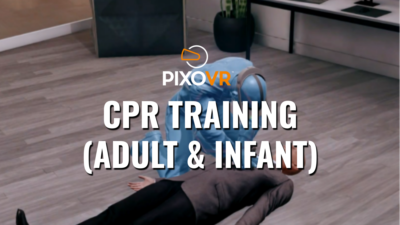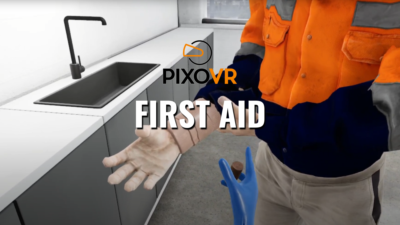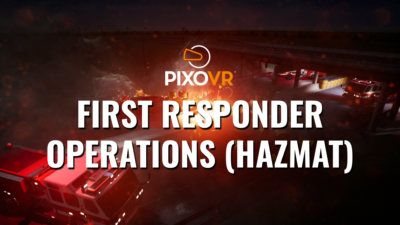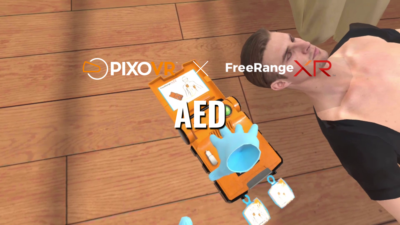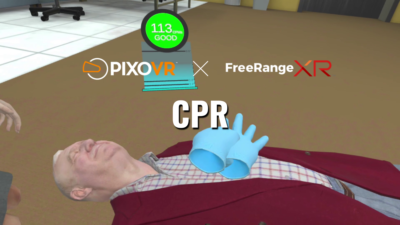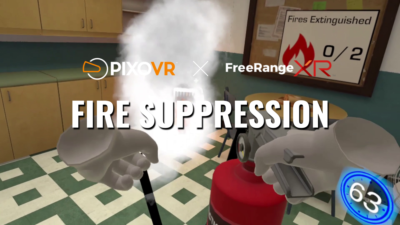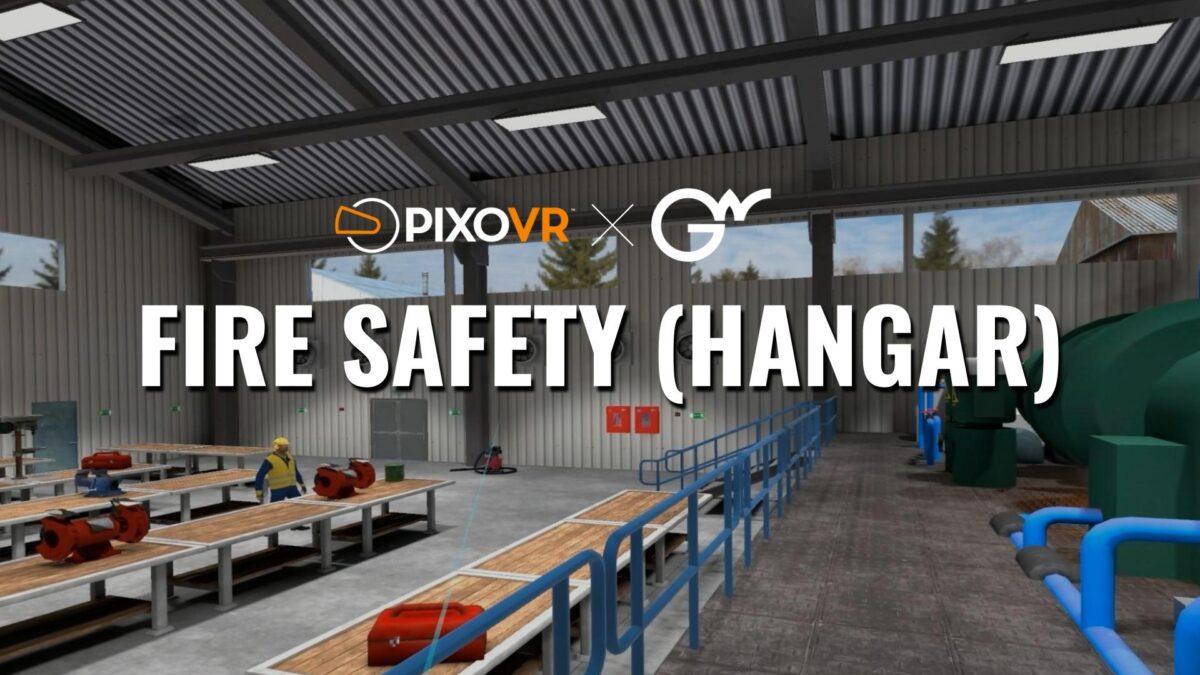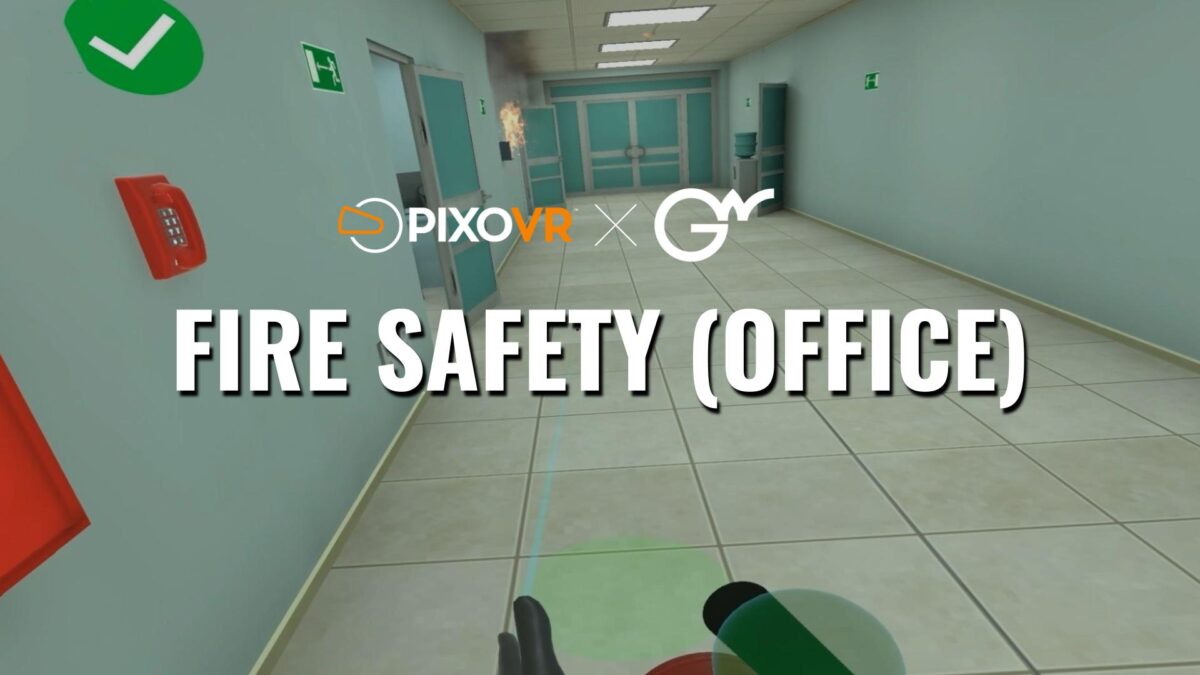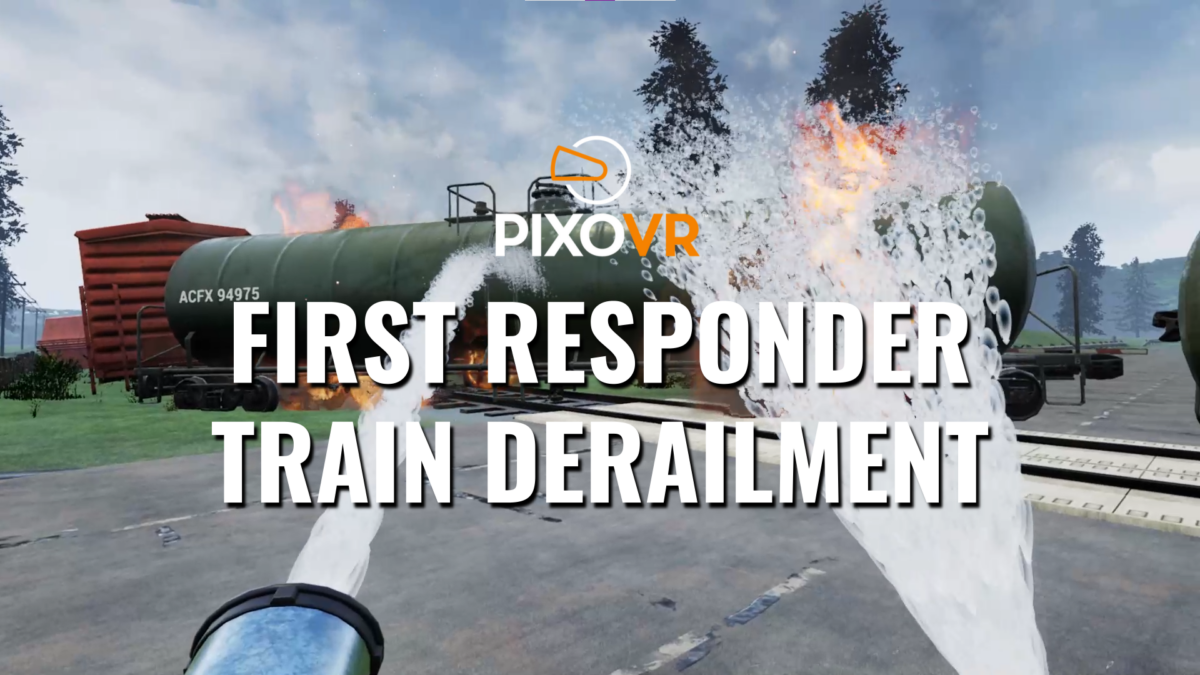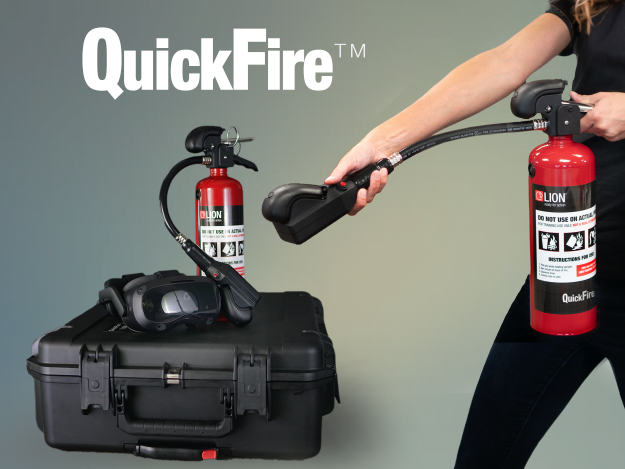VR Training for First Responders
VR Training for First Responders
New Realities in 21st Century Workforce Training


VR Emergency Simulations That Prepare Responders for Real-Life Action
Virtual reality has been proven to improve learner recall accuracy, learning retention, and takes less time to train. More importantly, VR experiences have been shown to be more effective for trainees to apply the skills they learned in real life scenarios.
Additionally, a safety study conducted on miners using VR for safety training showed a 43% reduction in lost time from incidents since using virtual simulations. Adding virtual reality emergency training to first responder emergency and hazmat training programs is a simple way to get your employees hands-on training that is immersive and incredibly effective.
PIXO VR makes it easy to get started with VR training. Explore our catalog of Hazmat and first responder training. OR Learn how to bring VR into your field training to improve outcomes.
VR Training Course Users Are :
4x faster to train compared to classroom training
2.75x more confident to apply skills learned after training
3.75x more connected to content than classroom learners
4x more focused than e-learning peers
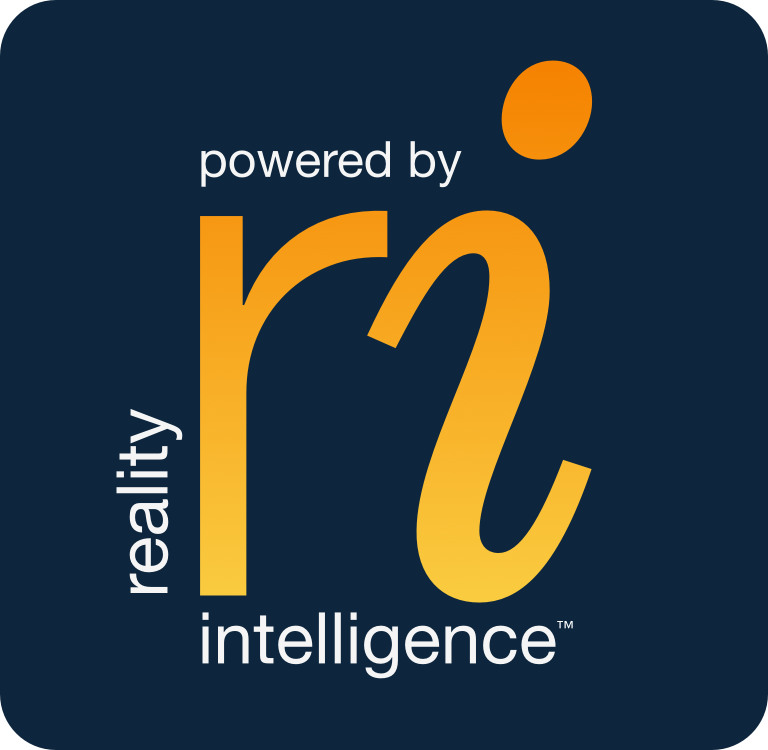
Contact Us to Learn More!

Virtual Reality is Better Preparing First Responders for Emergencies
Emergency response training is an important part of preparing first responders for the various scenarios they may encounter in the field from hazardous materials to medical emergencies. Having an emergency response plan and classroom Hazmat training is a great start. But to truly prepare for emergencies, first responders need to practice real-life emergency response. In order to ensure trainees can respond appropriately during a stressful incident, they need experience in hazardous scenarios—which is hard to achieve in a classroom setting.
Response teams need a more immersive and effective emergency training system, and virtual reality can provide that. Virtual reality (VR) technology provides virtual simulations that feel very real—putting the trainee into scenarios where their true response readiness can be tested. Virtual reality studies have proven that VR training reduces the time needed to train, results in better learning retention, and provides real-world experience without real-world risk.

Get Virtual Reality Training for First Responders, Available Now

PIXO VR First Responder Training: Preparing Responders for Emergencies
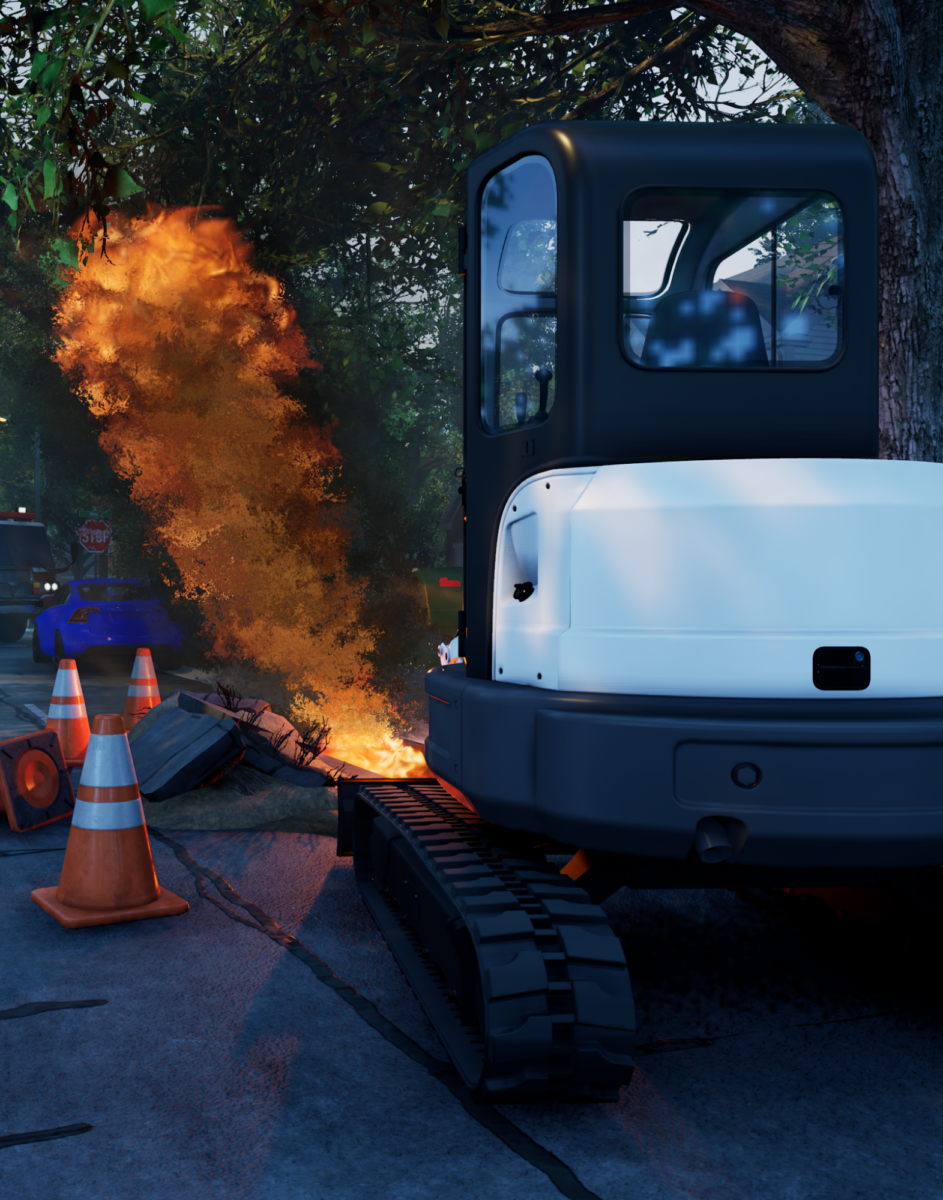
PIXO VR provides virtual reality emergency training simulations that prepare responders for appropriate on-scene action. PIXO provides a marketplace of standard VR safety and hazardous materials training that follows OSHA standards like Fire Suppression, Natural Gas Leak Emergency Response, and Fire Extinguisher Training. PIXO also has first responder hazmat training including hazardous materials courses that follow HAZWOPER guidelines such as First Responders Operations (Hazmat) and Hazard Recognition. Medical emergency training courses like Automated External Defibrillator and CPR are also available. PIXO and its VR partners create virtual experiences that engage users, while giving them a life-like simulation—which is a powerful learning environment. PIXO can also help teams who have unique hazards or emergency response procedures create VR training scenarios appropriate for their requirements.
Virtual reality is a great technology to test that training requirements are met in real-life scenarios. VR training simulations make the user feel as if they are in an emergency where their response matters. This virtual training system can be used anywhere users are located—allowing trainees to absorb content at their location in smaller chunks when they have the time.
Get the best practices for blending VR training into your first responder annual refresher training
VR emergency training content through PIXO comes with robust data tracking and reporting metrics on on meeting OSHA and HAZWOPER training requirements. This technology gives emergency management the visibility they need to ensure responders are properly observing and implementing the critical protocols contained in the Emergency Response Guidebook.
